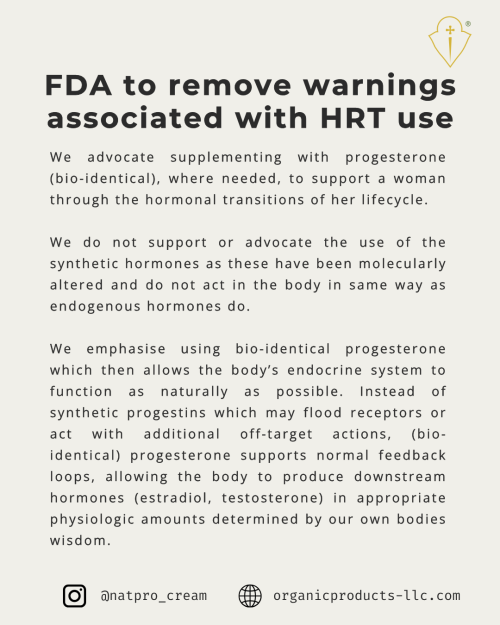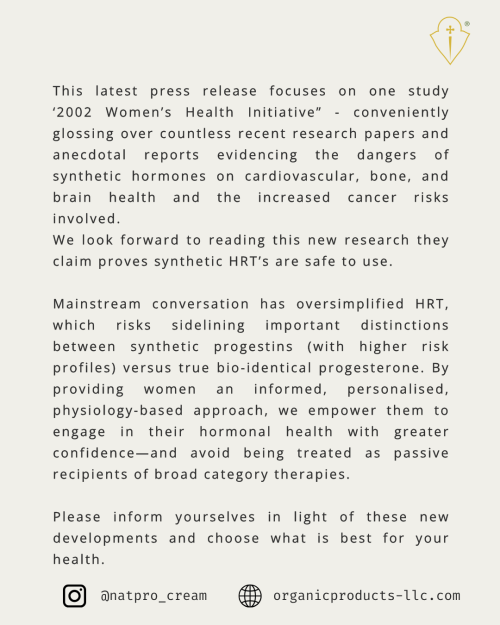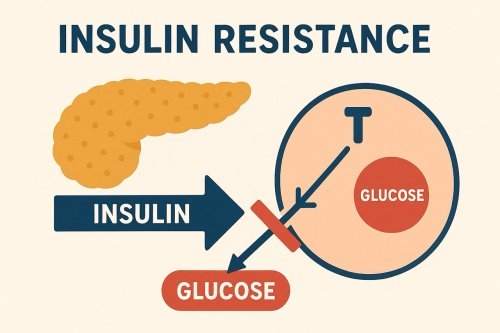Fibroid references
Nature 174 , 839 - 840 (30 October 1954); doi:10.1038/174839a0
Anti-oestrogenic Potencies of Various Progesterone Derivatives with Oxidation at C11
Nature 177 , 478 - 479 (10 March 1956); doi:10.1038/177478b0
Comparative Anti-oestrogenic Potencies of Progesterone and 17 alpha Hydroxyprogesterone
J. Clin. Invest. Volume 99, Number 12, June 1997, 2851-2857
Suppression of Matrix Metalloproteinases Inhibits Establishment of Ectopic Lesions by Human Endometrium in Nude Mice
Carcinogenesis, Vol. 22, No. 12, 2049-2052, December 2001
Protective effect of pregnancy for development of uterine leiomyoma
The Internet Journal of Gynecology and Obstetrics TM 2002. Volume1 Number 2.
Quick Review: Uterine Fibroids
Epidemiology. 14(2):247-250, March 2003.
Why is Parity Protective for Uterine Fibroids?
Gynecological Endocrinology, Volume 23, Issue 9 Sept 2007, pages 541 - 546
Activity of matrix metalloproteinase-2 and -9 and contents of their tissue inhibitors in uterine leiomyoma and corresponding myometrium
Additional information
Progesterone: Use 100-200mg of progesterone per day. This is equivalent to 3-6ml of Natpro cream.
Nutrients: Take daily: 400-1000mg vitamin E; 5-10ml Omega 3 fish oil or 15-60ml flax oil; 10000-25000 IU vitamin A; vitamin B complex as directed on label; 1000-5000-mg vitamin C; 1000mg bioflavonoids; 15-50mg zinc; 500mg L-arginine; 500mg L-lysine. If anaemic an organic form of iron should be taken. There are many natural pain killers which have no adverse side effects which could be used to help: 2.5gm-10gm MSM (methyl sulphonyl methane); 500-1000mg DL phenylalanine. (Do not take supplemental phenylalanine if you are pregnant, suffer from phenylketonuria, diabetes or taking MAO inhibitor drugs.) The following herbs also help: astragalus, dong quai, garlic, red clover and nettle. The following essential oils can help: lavender, frankincense, peppermint, rose, rosemary and thyme. Add one drop of oil to 5ml (1tsp) of carrier oil and rub over painful areas.
Diet: The Metabolic Typing Diet is an excellent means of obtaining lasting health. The diet is the product of many years of detailed research and looks at the many ways the body metabolises food. It is based on the obvious but hitherto little understood fact that each individual has a unique metabolism. 'Metabolic Typing', as the name suggests, is an analytical process that defines each individual's unique nutritional requirements by determining how they metabolise food and categorising a person according to their needs.
Small frequent meals are often a help. After a large meal there is a temporary drop in the level of progesterone, due to an increased metabolic clearance rate of that hormone, so symptoms can become worse for a while. Food should be natural, unprocessed and if possible organic and include both protein and fibre, particularly the gel forming fibre such as apple pectin, guar gum and oat bran as these have been shown to stabilise blood sugar, as has unrefined buckwheat.
As a substitute for sugar use xylitol, isomalt or stevia. Stevia is a natural extract from the plant Stevia rebaudiana, a member of the daisy family, native to Paraguay. The extract is 200-300 times sweeter than sugar, but has none of the drawbacks and does not affect blood sugar in any way. The fresh or dried leaves are easier to use and taste better. Xylitol and isomalt are sugar alcohols, which look and taste like sugar, but are metabolized by the body at a much slower rate, they have respectively 2.4 and 2.1 calories per gram. A beneficial affect is their ability to reduce pathogenic bacteria and to act as a prebiotic for the good bacteria, a drawback is the high cost. If used in large quantities they can cause flatulence and have a laxative affect.
Avoid: All forms of oestrogens, as this may stimulate fibroid growth; sugar and artificial sweeteners; all forms of processed foods containing sugar; refined grains, particularly wheat; carbonated drinks, including the 'diet' drinks; fruit juices; biscuits; cakes; white breads; canned foods; sauces; sweets; large meals; oxidised fats, (ie margarine, refined oils, saturated fats and fried foods, in particular fried animal protein); pasteurised, homogenised milk; stimulants such as alcohol, coffee, black tea.
 If you are feeling confused or overwhelmed by fertility challenges, or wondering if hormone balance might be affecting your ability to conceive you are not alone—many women and couples face uncertaint…
If you are feeling confused or overwhelmed by fertility challenges, or wondering if hormone balance might be affecting your ability to conceive you are not alone—many women and couples face uncertaint…
 _____
_____ Feeling tired, foggy, or struggling with stubborn weight gain—especially around the waist? You might be surprised to learn that these symptoms could be linked to insulin resistance, a condition that a…
Feeling tired, foggy, or struggling with stubborn weight gain—especially around the waist? You might be surprised to learn that these symptoms could be linked to insulin resistance, a condition that a… Are you struggling with irregular cycles, unwanted hair growth, or unexplained fatigue? You’re not alone. Polycystic Ovarian Syndrome (PCOS) affects up to 10% of women of reproductive age—and many mor…
Are you struggling with irregular cycles, unwanted hair growth, or unexplained fatigue? You’re not alone. Polycystic Ovarian Syndrome (PCOS) affects up to 10% of women of reproductive age—and many mor…